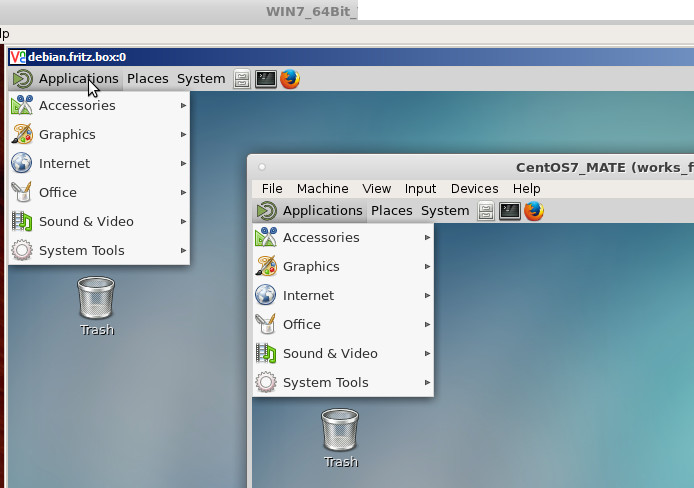

Note if you are going over a fast LAN you might not want either Tight or ZRLE, since the CPU overhead might actually become the bottleneck (all of my previous descriptions had in mind network bandwidth as the bottleneck.) Over fast LAN hextile encoding might be the best for you.Ī year or so ago I was benchmarking encodings for fast LAN usage and was surprised that the conversion (done by the server) between 32 bits per pixel (server-side display) and 16 bits per pixel (the viewer-side display I was using) was the actual bottleneck. Quality level of 6-8 should be acceptable and still get pretty good compression. Not unacceptable for photo regions actually, but it is the jpeg artifacts for text regions that is the most distracting to me. Tight usually gets really unacceptable at about quality level 3 or 4. I'm not sure if ZRLE can detect a linear color gradient (and hence get a huge compression by just sending a few parameters instead of pixel data) Tight can. JPEG is a photo compression algorithm after all. Yes, certainly if "complex graphics" means a photo(-like) region. Tommazzo wrote:Correct me if I am wrong, but the way I see it, if quality loss is acceptable, Tight encoding should yield better compression for complex graphics than ZRLE. One final note, TightVNC uses JPEG compression and so it can be lossy (slightly blurred, etc) This can be tuned with the quality setting. But if you time from beginning to end I believe you will see TightVNC 4X faster for photo regions and roughly the same as ZRLE for regular regions.
X11vnc vs tightvnc update#
Note that ZRLE does a psychological trick were it doesn't show the update until it has completely downloaded whereas TightVNC lets the changes trickle in. I think you will see this difference readily if you use a photo-image wallpaper or photo viewer and try both encodings. One place I still see TightVNC is about 4X faster than ZRLE is for photo-image regions of the screen. Historically TightVNC came before ZRLE to address the problem of slow links (dialup or slow broadband.) Then ZRLE came along and closed the gap and might actually be a bit faster for basic desktop apps. With this version the vncserver at least starts after x11vnc is already running and a user is logged in.
X11vnc vs tightvnc free#
Feel free to report back here what you find. x11vnc first, vncserver 1.90 second (1) Same steps as in x11vnc first, vncserver 1.70 second (1), just with the latest binaries.

network link and desktop apps) and see which is better for you. The best thing to do is for you to try both for your typical usage environment (i.e.


 0 kommentar(er)
0 kommentar(er)
